(Last Updated on October 24, 2025 by Henry)
- Name: Gillingham High-Performance Gripper
- Category: Classic Hand Spring Gripper
- Purpose: Crush Grip
- Rating: 4.6 out of 5 stars
- Availability: Amazon (Prime delivery)
- Spring Gripper: Great for crush grip training
- Variable Knurling: Finger Side Less Aggressive
- Durable: Built with a Steel Spring
- Ten (10) Resistance Levels: 100 to 425 lbs
Not Sure How to Use This Type of Grip Training Tool?
Here’s My Guide to Hand Grippers.
Overview:
The Gillingham High-Performance (GHP) Gripper is one of the most advanced tools for building crush grip strength. Designed for professional athletes, it features small resistance jumps of 25 lbs (11.3 kg) per level, ranging from 100 lbs (45 kg) to 425 lbs (192 kg): perfect for progressive hand strength training.
Built with steel springs and aluminum knurled handles, this is one of the finest classical spring grippers on the market. The GHP Gripper has been re-engineered from the ground up, integrating modern design and manufacturing innovations to create a new standard in grip training equipment.
The mastermind behind the design, Wade Gillingham, created a global sensation among grip sport enthusiasts and strength athletes. What sets GHP Grippers apart is their distinctive look, feel, and functionality. The dual-pattern knurling, less aggressive on the finger side and sharper on the palm side, delivers excellent control while remaining comfortable during long sessions.
Many users and professionals agree that this is the best gripper on the market. If you’re serious about improving your forearm and grip strength, this gripper is your next step toward elite-level performance. Precision-calibrated resistance and unmatched durability make it ideal for consistent strength progression and competitive grip training.
Whether you’re a weightlifter, rock climber, arm wrestler, or motocross rider, strong hands are non-negotiable. The GHP Gripper helps you build serious, functional power in your hands and forearms, making it a must-have for anyone focused on improving grip strength.
For rehabilitation or post-injury recovery, the lighter resistance levels are equally effective. Ideal for rebuilding tendons and treating RSI-related conditions such as Carpal Tunnel Syndrome, Tennis Elbow, Arthritis, or Tendinitis, this gripper serves as both a therapy tool and a performance enhancer.
What are the Advantages and Disadvantages of Gillingham High Performance Grippers?
Smart Mark Grooves
Pros:
- Among the Best: Made by the best, alongside Heavy Grips and Captains of Crush grippers. I use GHP grippers for short, high-intensity workouts that maximize grip development in minimal time.
- Accurate Poundage: One of the biggest issues with cheap grippers is inconsistent resistance. GHP grippers give me precise poundage every time, so I never have to guess my progress. I always know exactly how hard I’m working.
- Durable Construction: These grippers are built to last. Metal parts and high-carbon steel springs ensure the resistance remains consistent over years of use. No plastic parts that might break, degrade, or fail.
- Abrasive Knurling: The knurling on the palm side really challenges my hands, building strong forearms and tough skin. If my hands are sensitive, I sometimes use fitness gloves at first, but nothing beats going raw for serious grip gains.
- Changeable Knurl Depth: The palm side is highly textured, while the finger side is less aggressive—designed for comfort without sacrificing grip intensity.
- “Smart Mark” Grooves: These grooves show me exactly where to place my palm and fingers, helping maintain proper form and control during every squeeze.
- Radius Edges: Sleek design that won’t pinch or crush my pinky, unlike some other grippers with chamfered edges.
- High-Carbon Tempered Springs: Polished and lubricated with modern, odorless, and colorless synthetic lubricant to ensure smooth operation and long life.
- Nearly Indestructible Labels: The handle labels make it easy to identify whether the gripper is open or closed, while giving it that iconic GHP look.
- Resistance Levels for Beginners and Pros: Covers all levels, from newcomers to advanced grip athletes. The set progresses from 1–100 lbs up to 9–375 lbs, with 25 lb / 11.3 kg increments. These small jumps prevent plateaus and allow gradual, steady progress toward elite grip strength.
- Portable: Small enough to fit in my pocket, desk drawer, or gym bag, grip training anywhere is always possible.
- Simple to Maintain: Stainless steel springs require only occasional light oiling to prevent squeaking. I also use a stiff nylon brush to clean the knurled handles.
- Rehab-Friendly: Ideal for rehab, prehab, and recovery. These grippers help relieve hand pain, combat repetitive strain injuries like carpal tunnel, tendonitis, tennis or golfer’s elbow, and arthritis. Regular use builds muscle, strengthens tendons, and improves overall hand health.
Cons:
- Designed for the Right Hand Only: The spring is oriented for the right hand, but I can still train both hands with it. Using it on my left hand feels slightly different, but it’s a minor point that most users won’t even notice. If you want optimal comfort, correct angles, and precision for your left hand, I recommend using a left-hand–specific gripper, like the Captains of Crush Left-Turn model.
- One Resistance Level per Gripper: Each GHP gripper has a single difficulty level. To progress, you need the full set of grippers with different resistance levels. This is also a reason to eventually explore alternating grippers as you get more serious about grip training.
- High Resistance / Aggressive Knurling: The tougher the knurling, the more it challenges your hands, and yes, it can tear your skin. That’s part of building serious hand and forearm strength, but you need to pace yourself. Don’t rush; gradual, consistent training is key to avoiding overdoing it.
Still deciding?
Compare it With Other, Similar Hand Grippers.
Gillingham High-Performance Grippers – Ranking 92 out of 100
Excellent Equipment
Bring About More Gaining with Gillingham’s High Performance Grippers
Fastest Way to Build Crush Grip
- Improve Your Finger Tendon Strength: One of the most important aspects of hand health is tendon strength. By training with hand grippers, I gradually strengthen my finger tendons, preparing my hands to handle the daily activities and intense exercises I perform. This progressive approach allows me to move on to more challenging grip exercises safely.
- Develop Maximum Crush Grip Strength: A strong crushing grip is essential for overall hand power. I use hand grippers to train this specific grip, which I rely on for lifting, pulling, and holding objects. Consistently training this way helps me achieve a grip as powerful as my bench press, improving overall performance.
- Build Clinical Static Support Grip: Squeezing and holding the gripper handles for as long as possible strengthens my static support grip. This type of training is perfect for exercises that require sustained control over barbells or heavy weights, letting me lift heavier for longer periods.
- Prepare Your Hands for the Grind: If you’re new to grippers, be ready: the aggressive knurling may feel harsh on your palms at first. That’s intentional—it builds real hand strength and toughens the skin. I avoid gloves during these exercises to maximize my palm and forearm development.
- Develop High-Quality Grip: The quality of the gripper itself is crucial. By improving my holding capacity and delaying fatigue, I can perform exercises more effectively and maintain better control during competitions. Strong, reliable grips translate directly into improved training results.
- Prevent Hand Injuries: Building hand strength isn’t just about power; it’s about protection. Stronger muscles and tendons act as natural cushions, reducing the risk of injuries. I prioritize functional strength and muscle development to keep my hands safe during sports, lifting, and daily activities.
Technical Details
- Dimensions: 5 x 1 x 4.5 inches
- Weight: 7 ounces / 198 grams
- Handles: Knurled, aluminum handles
- Materials: Steel Spring
- Quantity: One (1) gripper
- Resistance Levels: Ten (10)
- Manufacturer: Gillingham High Performance
Grippers can be very beneficial for rehabilitation purposes & stress relief if you are prone to bone stiffness.
Recover from finger or wrist pains, tendon operations, Carpal Tunnel Syndrome, or Tennis elbow.
Grips are portable. Put it in your pocket or throw it into your training gear bag.
Making the Right Decision: Which GHP Heavy Duty Gripper Is for You?
Ten (10) Different Strength Levels
- 1-100lbs
- 2-125lbs
- 3-150lbs
- GHP Level 1-3 belongs to the Beginner’s Series, and this is the perfect spot to kick-start your grip training regimen.
- Level 1 gripper shall be difficult for women and teens, but a good warm-up exercise for men.
- Level 3 is the hardest level for a man who has no grip training experience, while Level 2 exactly fits in the middle.
- 4-175lbs
- 5-200lbs
- 6-235lbs
- GHP Level 4-6 are in the Advanced Series, a great option for men who are striving to improve their grip power and women who seek to make a mark in the world of gripping.
- Level 4 will tackle even the strongest women in its path, and it can be a good start for a man who does some grip training, weight training, or work with their hands on a daily basis.
- Level 6 may be the last step for women, and if there is a woman who completes level 6, we would enjoy knowing about it.
- 7-275lbs
- 8-325lbs
- 9-375lbs
- 10-425lbs
- GHP Level 7-10 are Professional Series. If you can crush professional series GHP, consider yourself a professional grip strength athlete. A person will rarely grab and hold one of these grippers without some gripper-specific training.
- Level 7 – not even 100 men have been able to pass the certification rules of the Gripping Hand Performance (GHP) Gripper Challenge.
- Level 10 – The highest level of difficulty. No man has closed it so far.
Hand Gripper Mainly Builds Your Crush Grip Strength:
One of the 5 Primary Hand Movements.
First Person To Close GHP Level 9 With Both Hands
Who May Find This Hand Strengthener Training Beneficial?
Any Athlete, Men & Women, Older & Younger
Gripper training is excellent for both beginners and experienced athletes who are looking to increase grip strength, sometimes beyond what they’ve ever achieved before.
No matter your age, gender, or fitness level, whether you’re a hardcore athlete or a casual enthusiast- developing a strong grip improves your functional hand strength, which you’ll likely use every single day. Almost every sport starts with your fingers connecting to an object: whether it’s a basketball, baseball, golf club, barbell, or even just a simple household item.
The stronger your hand and finger function, the better your performance will likely be in your chosen sport. Grip training directly translates into better control, power, and endurance for virtually any activity that requires manual dexterity or force.
Attain a Stronger Grip with Palm Toughening via Hand Grippers
Avoid Fitness Gloves
Gloves are recommended only if absolutely necessary. Honestly, the only reason to wear them is if you’ve made it your mission to wear out one pair after another, and, in that case, you’re just lining the pockets of glove manufacturers.
Here’s why I personally avoid full-time glove use: gloves never truly strengthen your palms. The material is different from human skin, so the load is never fully transmitted to the muscles and tendons in your hands. If you rely on gloves too much, your palms remain soft and underdeveloped.
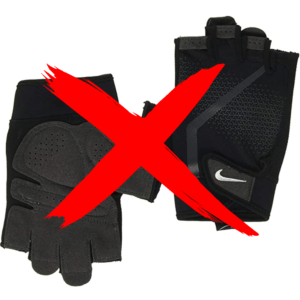
When I first stopped using gloves, every barbell or dumbbell felt brutal. My palms would ache, and blisters were inevitable. But that’s exactly the point:
Hard palms build stronger grips. Many hand grippers and bars come with aggressively knurled handles specifically designed to develop callouses and toughen your hands.
Over weeks and months of consistent training, I noticed my hands became stronger, calluses developed naturally, and gripping heavier objects became easier.
This is essential for anyone serious about improving grip strength.
I only use gloves if my hands are injured or if I’ve genuinely pushed them to their limits. Otherwise, bare-handed training is the way to build natural grip strength and prevent overreliance on equipment that doesn’t strengthen your hands.
There are exceptions: competitive settings where gloves are allowed, or situations where safety is a concern with awkward objects. Even then, gloves should be situational, not standard. For real grip gains, training bare-handed is always the best approach.
Classical spring palm grippers: the effectiveness for rehabilitation?
Grippers Are Excellent for Recovery
It’s important to focus on different kinds of grippers; each type has its own different resistance levels for you to choose from. Depending on your ability & current shape, you can tackle crush grip training from different angles, including the part of rehabilitation. Grippers can serve you well to build up hand strength after a dislocated finger or to nurse weak hands after a stroke. Grippers are also useful to treat various kinds of repetitive strain injury (RSI), like Tennis Elbow. Exercise is a must & it can help you to fix your hands.
What Grip Training Resources Are Available For You?
Learn How to Train Your Grip
Grab all the wisdom from the mentors. In this list, you can find great names, such as Tommy Heslep, who is one of the five people in the world to have been certified for IronMind’s #4 Gripper.
Always Prioritize Muscle Balance
Using a Rubber Hand Band Can Work Wonders to Keep Your Hands Healthy
Balanced Muscles, Healthier Hands
It’s just as important to train your extensors to improve the overall health and functional strength of your hands. Personally, I like to combine gripper training with extensor exercises. This is where rubber hand bands come in; they let you work the counter-movements, giving the dominant muscles in your forearms a chance to rest while still building balanced strength.
I consider rubber hand bands an essential part of any grip training routine. Whether you’re using a single gripper, double, or multiple devices, these bands are inexpensive yet incredibly effective for hand health. Don’t just take my word for it: any qualified physiotherapist, chiropractor, or doctor will tell you to start exercising your hands as soon as possible. Consistency really pays off.
As far as the Gripper is Concerned, You Should be Sure to Pick One of the Highest Quality
Consistency & Precision
Nothing is truly indestructible: well, except maybe the old Nokia phone. Even high-quality grippers can break, though this usually happens due to improper handling or poor maintenance.
Leaving grippers in humid areas, failing to store them properly, or using them incorrectly are the main causes. A little care goes a long way.
1 Cheap grippers wear out fast. Their springs often lose tension quickly, giving the illusion of usable resistance while they actually weaken.
Many inexpensive devices also have subtle but critical design flaws, uneven handles, misaligned springs, or inconsistent geometry that reduce effectiveness and can even lead to injury.
2 Durability is a real concern. Cheap springs can snap during a workout, which isn’t just inconvenient;
It’s a safety hazard. Imagine a spring breaking mid-rep; shards can hit your hands or face.
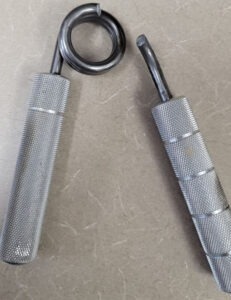
Investing in high-quality, precision-engineered grippers eliminates these risks. They stay consistent, provide reliable resistance, and allow you to track your progress accurately without surprises.
For me, using professional-grade equipment means I can train like an athlete: focused, safe, and confident that my gear won’t fail when I push my grip to the limit.
What is My Sum-Up Judgement about the Gillingham High Performance Gripper?
Competition Grade Gripper
If you can, go for the biggest GHP set available. Think about your current strength level and what you can realistically handle, then build from there. When I first started, the first three resistance levels were more than enough to keep me busy for nearly two years, and as you progress, the higher-level grippers will challenge you even more.
Unlike many regular hand grippers that tighten up too quickly and lose their usefulness, GHP grippers can double as both warm-up and rehab tools. They’re evergreen pieces of training gear, built to last, precise, and incredibly rewarding to use. The real goal here is simple: develop the strongest, most functional grip possible while maintaining steady progress.
What I really like about the GHP system is the small resistance jumps between levels. Those smaller increments allow you to improve gradually without hitting an impossible jump in difficulty. You’ll notice smooth, measurable progress, something every serious grip enthusiast values.
Keep in mind, every person’s hands are unique: shape, size, and finger length can all affect how a gripper feels and how easily it closes. That’s why finding a gripper that’s precisely calibrated like GHP makes a huge difference; it gives you consistent, trackable progress and accurate feedback on your strength.
For rehabilitation, GHP grippers work surprisingly well. Whether you’re recovering from a Tennis Elbow, Carpal Tunnel Syndrome, wrist fracture, or general RSI, these grippers help rebuild forearm muscles and restore functional strength safely.
If you’re looking for competition-grade performance, GHP is the real deal. These grippers are durable, reliable, and engineered for serious athletes. The only other options that come close are Heavy Grips and Captains of Crush, but I find GHP to be the most consistent when it comes to precision and feel.
With accurate resistance, consistent build quality, and professional durability, GHP Grippers let you take grip training seriously. You’ll know exactly how strong you are, and more importantly, how much stronger you’re becoming.
Thanks for Stopping By
Have Questions?
Please Leave A Comment
Looking to Rehab Your Hands Instead? Find a Solution in My Hand Recovery Guide.
Or, Check Out the Grip Training FAQ for Quick Answers.

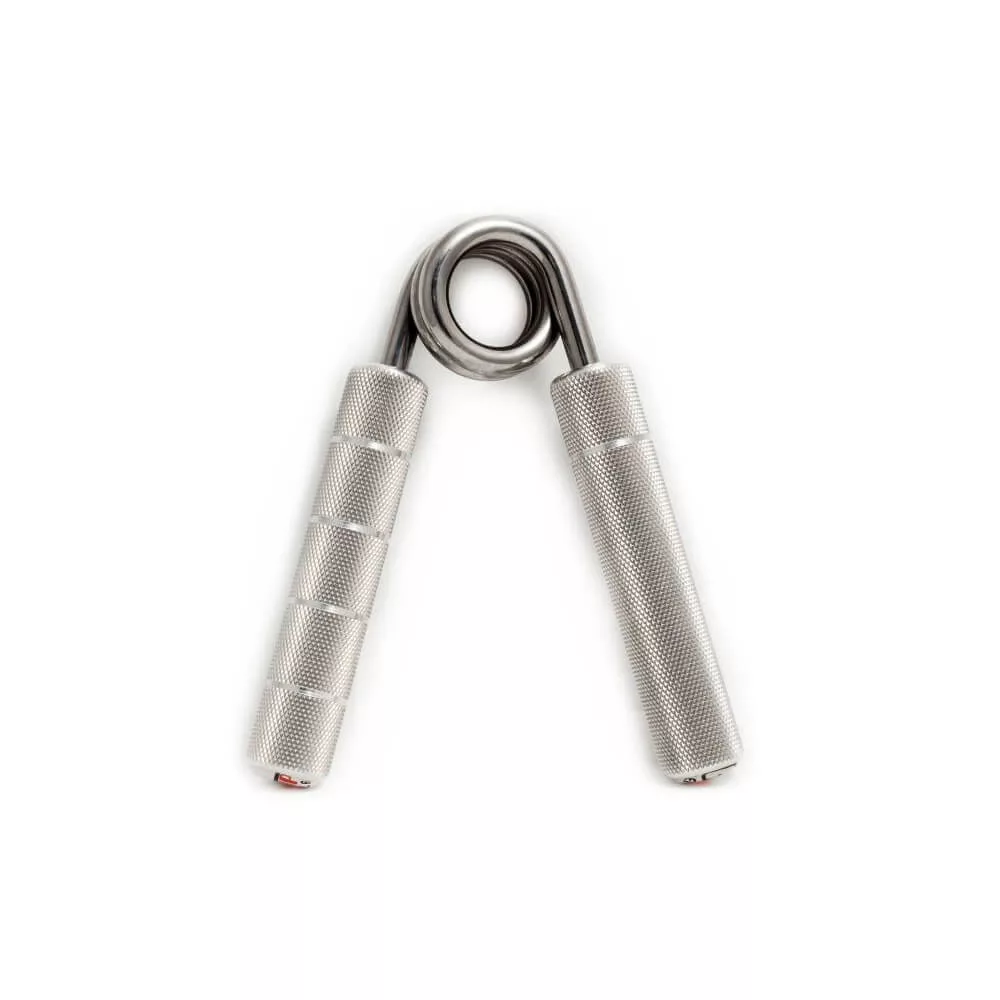
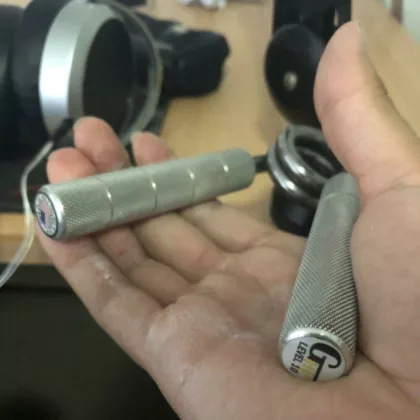
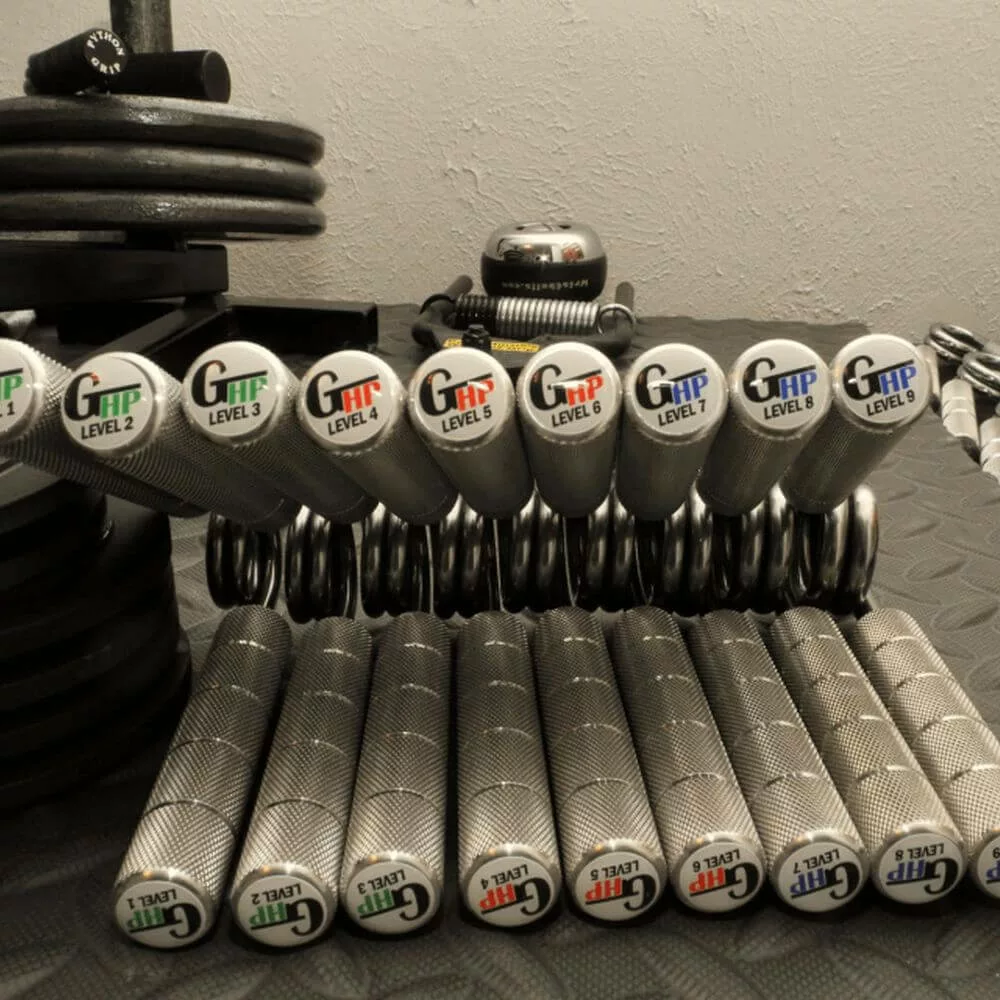
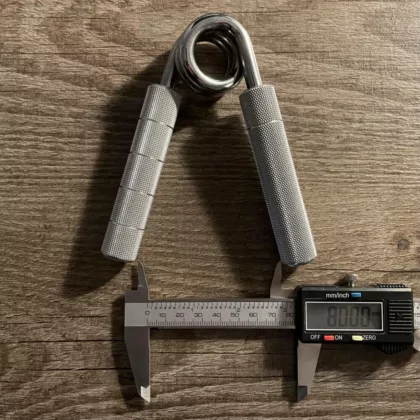
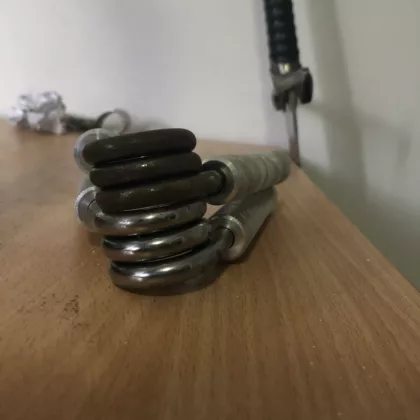
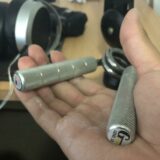
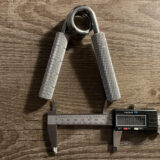
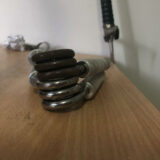
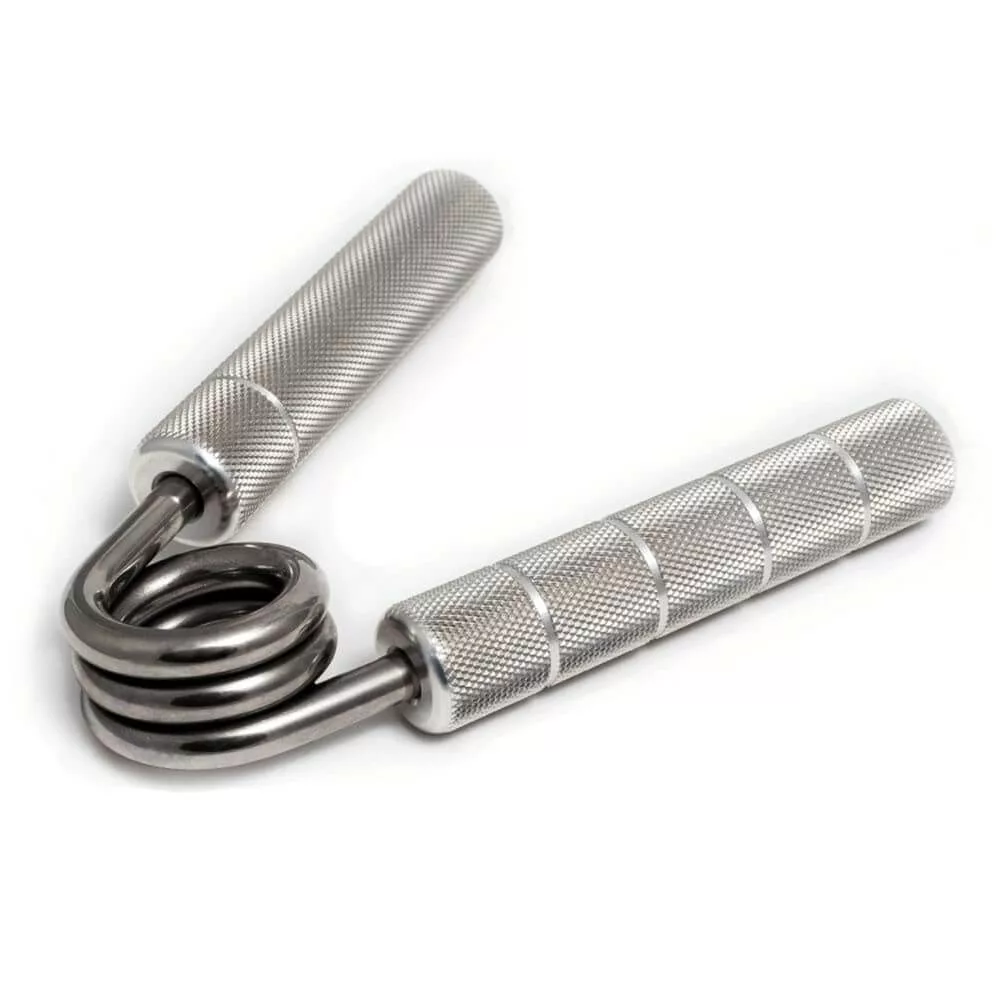
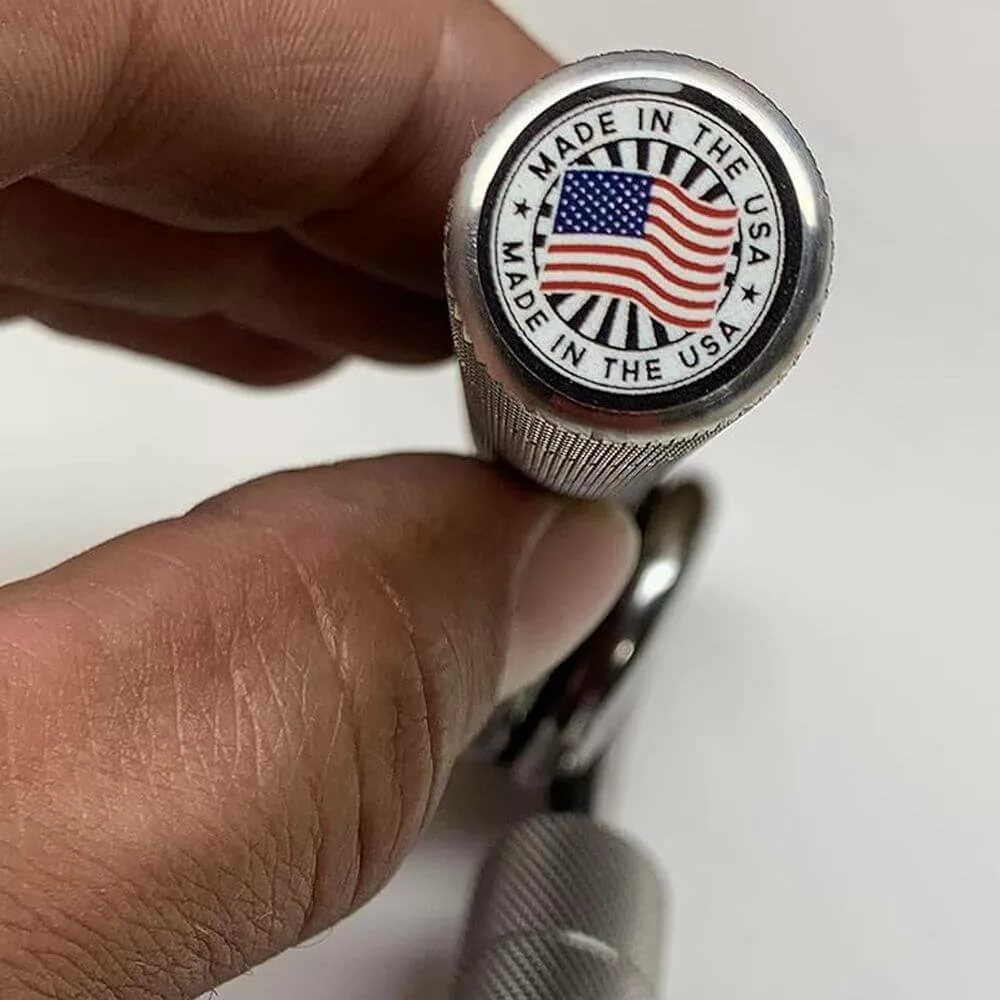
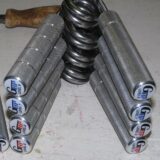
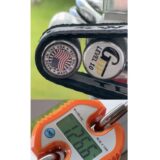
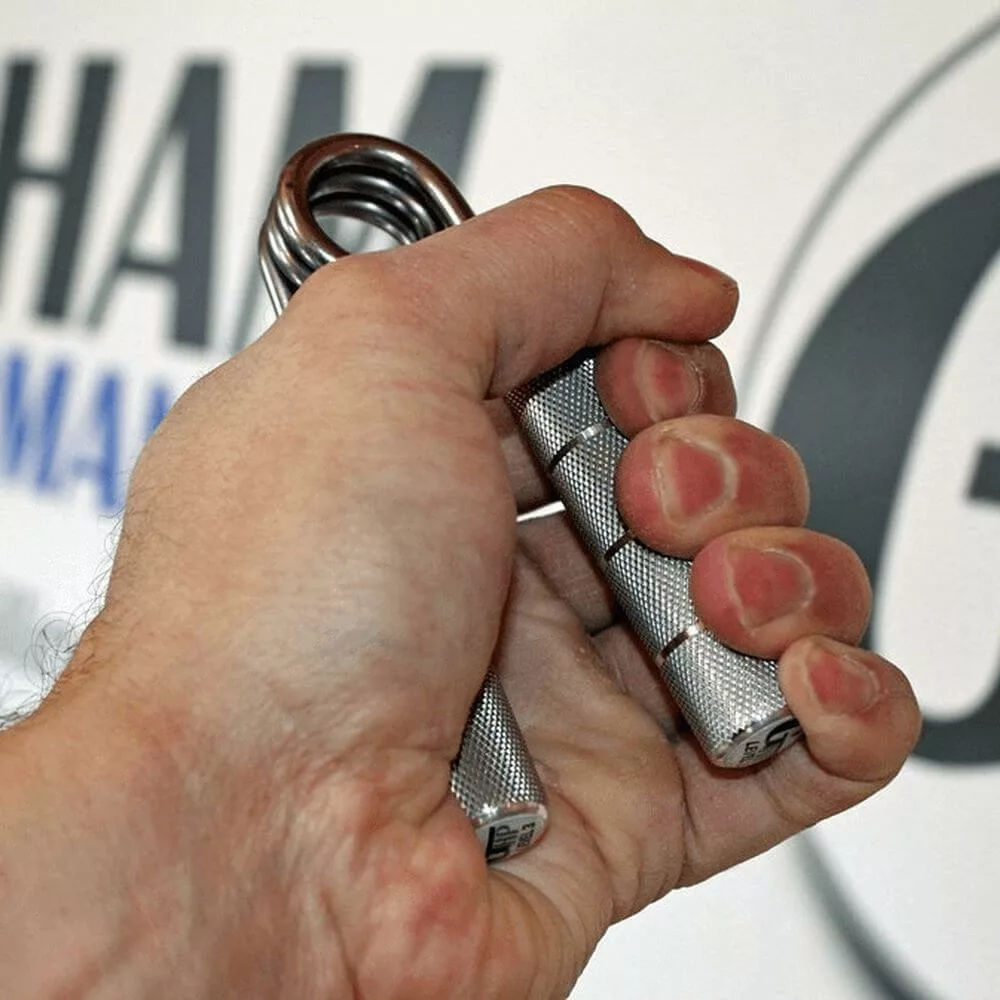
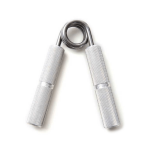
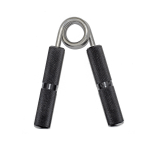
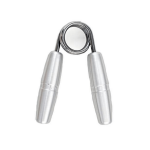
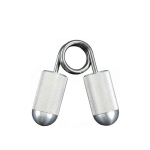

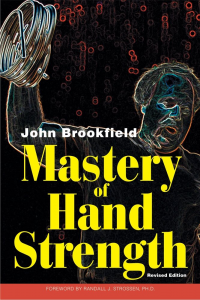

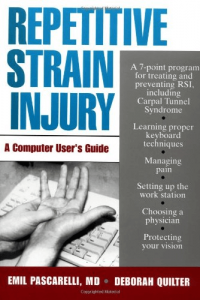
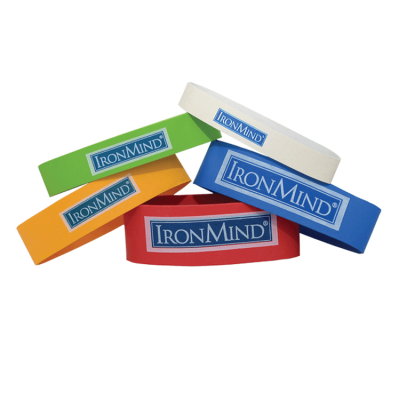
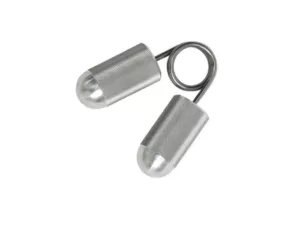
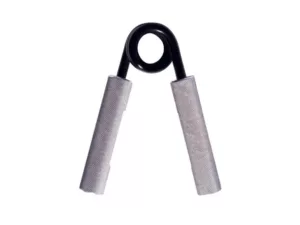
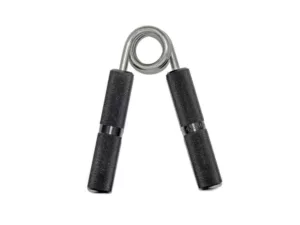
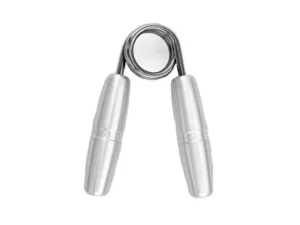

Wow Henry, what a thorough and comprehensive review.
It was great to see you noticing the fact that the gripper is designed specifically for the right hand, I definitely agree that most people won’t notice it.
Your strong stance against fitness gloves is interesting, I never heard it from anyone else, but I agree.
I always like to go back to a human being’s natural state – are we supposed to have some extra object on our hands when we’re going around carrying stuff? No, so fitness gloves aren’t necessarily a good idea.
Here’s my question: Do you think improving one’s grip goes hand in hand with getting stronger forearms?
Yes indeed, those two are tight-knit friends so to speak. Grip happens to be the very first link in the chain.
Everything else upwards works through & is literally engaged through our fingertips.
Thanks for noticing, fitness gloves are a cool double edged sword. While protective, like a band aid, they can totally screw over ones ability & chance to grow stronger.